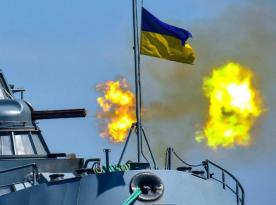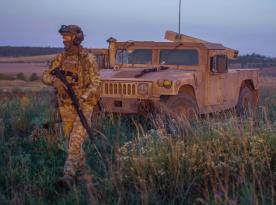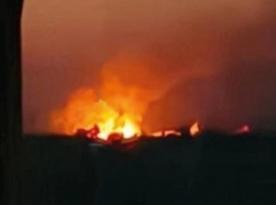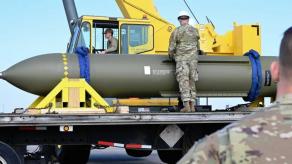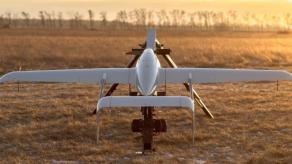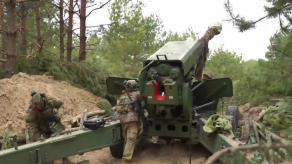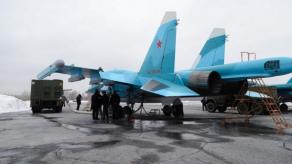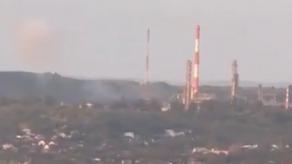At the same time, the war demonstrated rather limited possibilities for the production of certain types of weapons, especially under western sanctions. A significant part of russian armored combat vehicles, tanks, and artillery are manufactured by restoring equipment from storage bases and cannibalizing other equipment from these storages or damaged in battles. At the same time, the Kremlin flaunts the expansion of the capabilities of its military-industrial complex in front of the domestic and foreign public, hiding the objective reality.
During 2022-2023, the russian Ministry of Defense and the so-called military experts have announced the acceptance into service or the imminent appearance at the front of various types of weapons, which as of the beginning of 2024 have either not appeared at the front or are used in isolated cases.
Read more: russia Got belarusian Furnaces to Produce Engines for T-72B3 and T-90M Tanks

Such announcements include the russian Koalitsiya-SV and Malva artillery systems and the Soviet Pat-S self-propelled guns on the BMP-3 chassis. During the second half of 2023, the russian federation reported on the adoption of these two self-propelled guns, and the enemy also reported on their testing in the combat zone and the start of serial production. However, so far there has been no confirmation of their use on the battlefield, let alone confirmation of their claimed characteristics. In particular, the Koalitsiya-SV could pose a serious threat if the russians really managed to achieve a firing range of 70 km with a rate of fire of 12 rounds per minute.
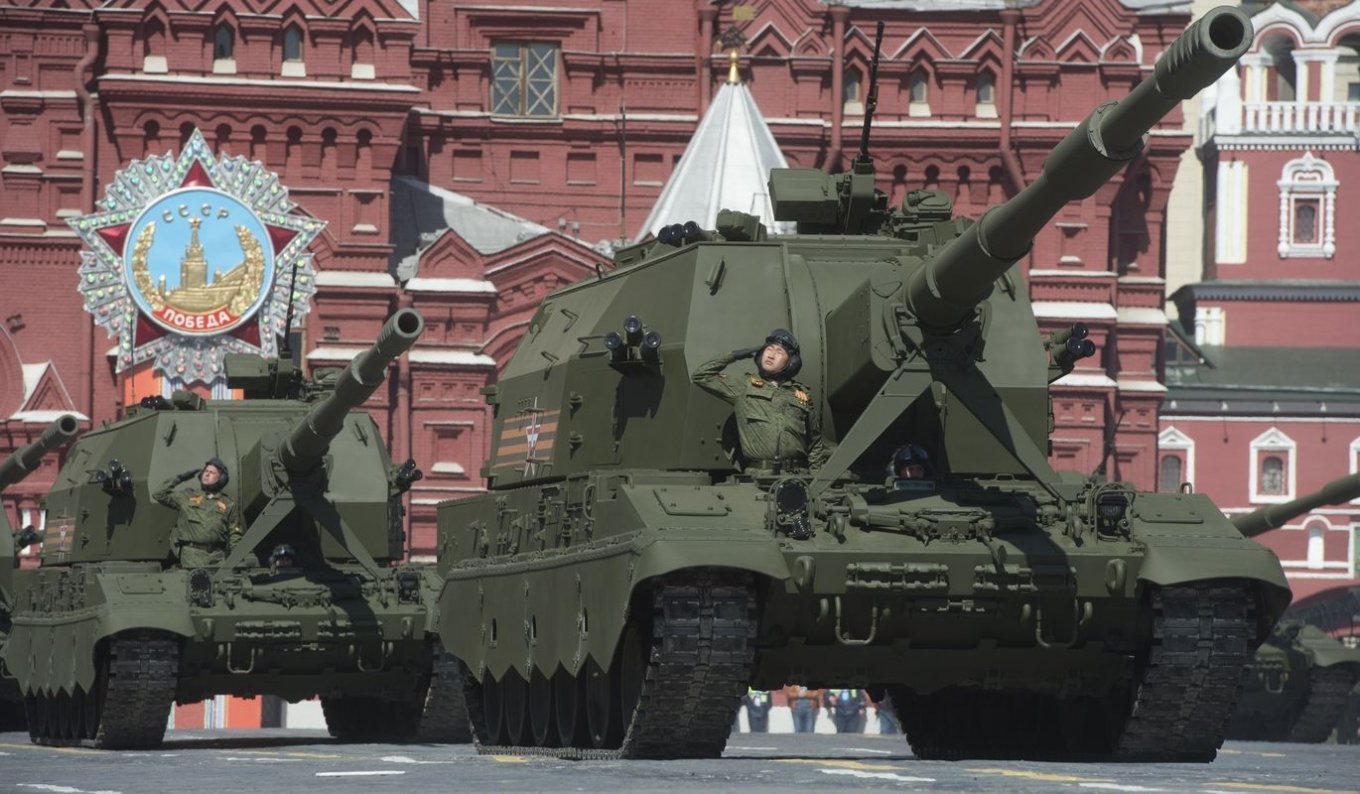
Considering the significant problems with the production of artillery, in particular the guns that the russian federation removes from the Soviet self-propelled guns that are in storage, there are great doubts about the breakthrough of russian engineers in the field of modern artillery production. This is also confirmed by reports regarding the modernization and possible resumption of production of the Pat-S self-propelled guns, dated May 2023, but since then there has been no confirmation of the establishment of the production of the experimental Soviet self-propelled guns.
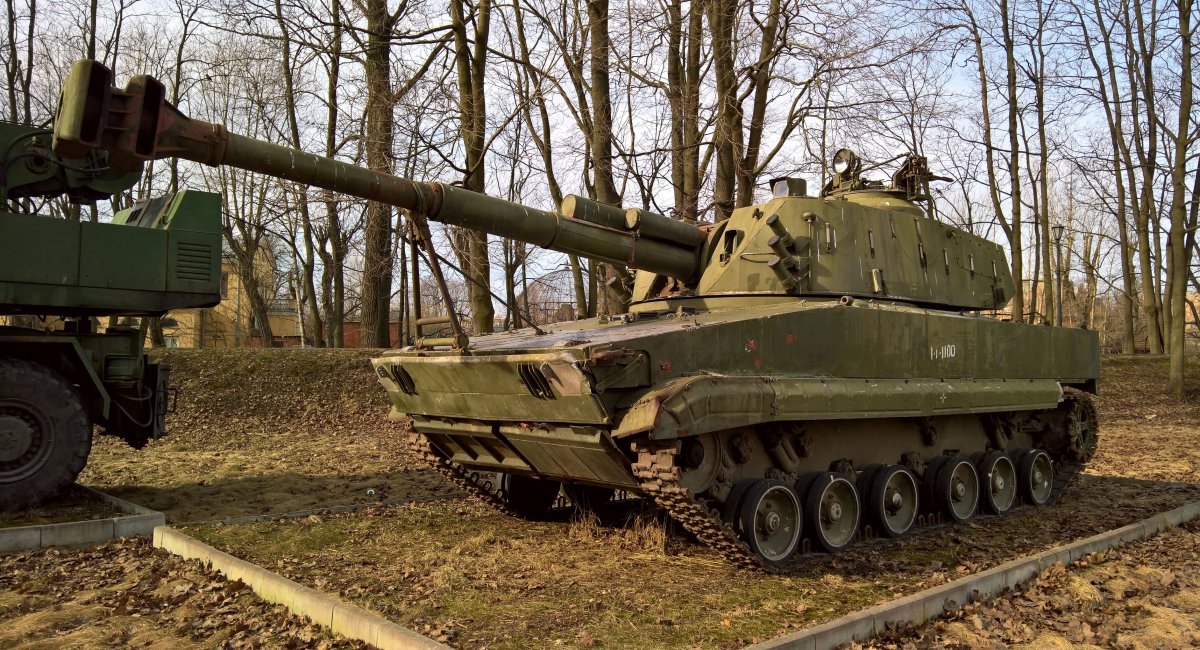
The russian military-political leadership does not miss the opportunity for extra PR, demonstrating the sending of new batches of equipment to the troops. However, there are no publications about the delivery of new batches of Mi-28 and Ka-52 attack helicopters, although the russians do not hide the delivery of Su-34, Su-35 and Su-57 aircraft to the army. Moreover, in February, one of the reports of the russian Ministry of Defense showed a Ka-52 on which a vertical stabilizer from another Ka-52 was installed. This is noticeable due to the difference in camouflage: a stabilizer is installed on a gray helicopter from a helicopter wearing green camouflage. Probably, the stabilizer was damaged by fragments of an anti-aircraft missile, but the russian federation does not manufacture helicopter parts in sufficient quantities, not only for their mass production, but also for the repair of damaged ones. Therefore, they were forced to resort to cannibalizing one machine to restore another.
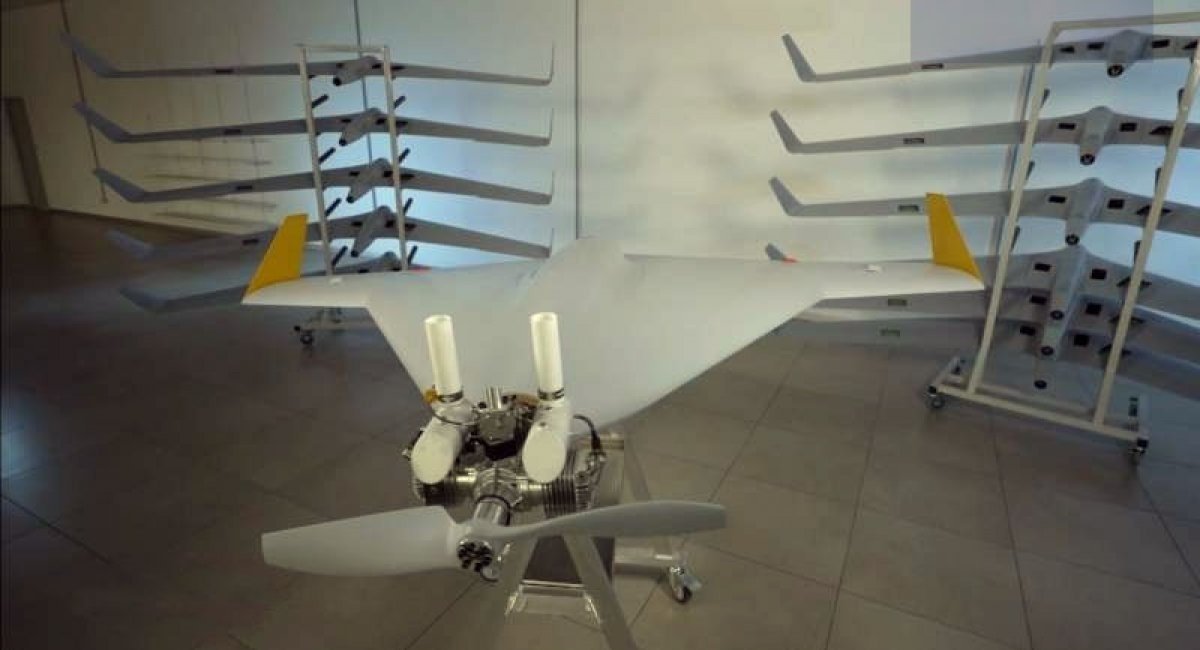
Although the russian federation maintains opportunities for regular strikes on the territory of Ukraine, not all types of long-range weapons, the use of which in wars were announced earlier by their propagandists, reached the troops. In particular, the Italmas kamikaze UAV from the Lancet drone manufacturer ZALA AERO, with a range of 200 km, is not used in the war or is used in single quantities, although the russians reported back in October that they would soon be provided to the troops. The situation is similar with the Kh-59MK2 and Kh-69 tactical aviation cruise missiles. The use of the first has not yet been recorded, only limited use of Kh-69 missiles began in 2024, which did not confirm their declared high characteristics and low visibility for Ukrainian radars. Air defense intercepts them effectively.

Behind the propaganda statements and PR photo sessions of the russian military-political leadership at the military-industrial complex factories is the reality, in which russia has faced significant limitations in the production of weapons from armored vehicles to helicopters and missile systems. This is evidenced by the active disassembly of warehouse stocks of weapons and damaged equipment and the absence of those weapons on the battlefield, the future appearance of which the russians proudly announced in previous years.
Read more: russia Tries to Bail Out the Manufacturer of Tornado-S and Tornado-G Rocket Systems





